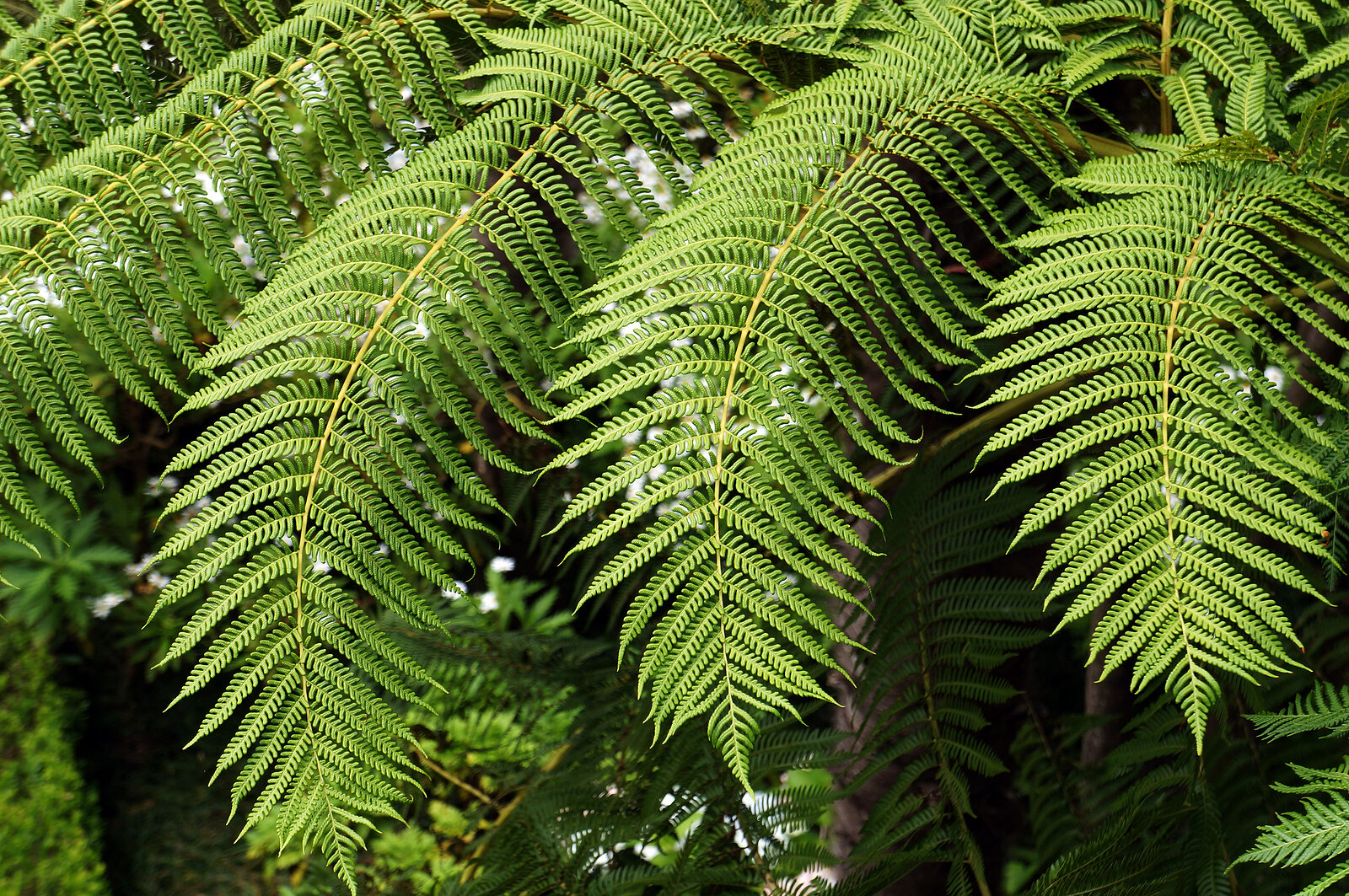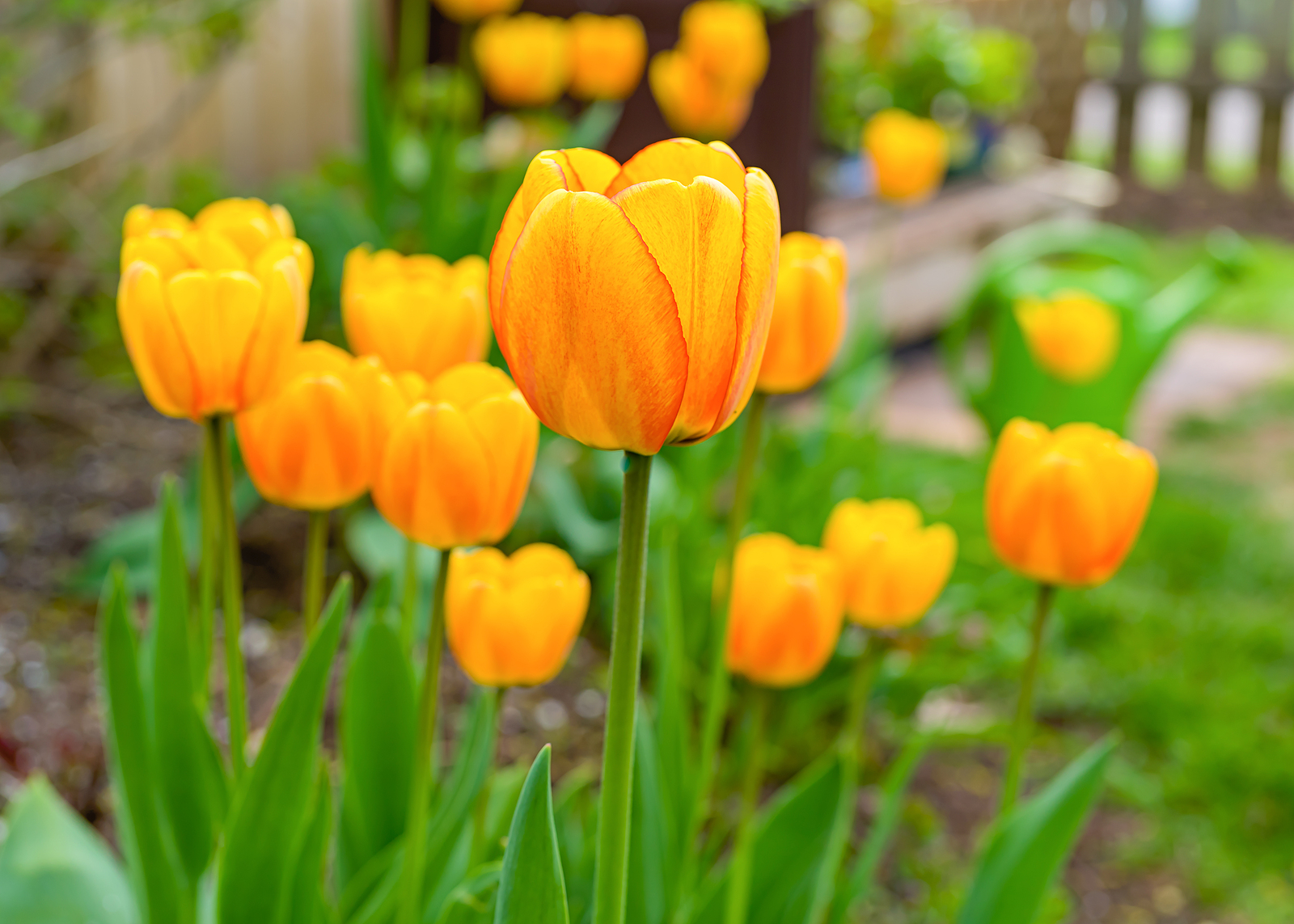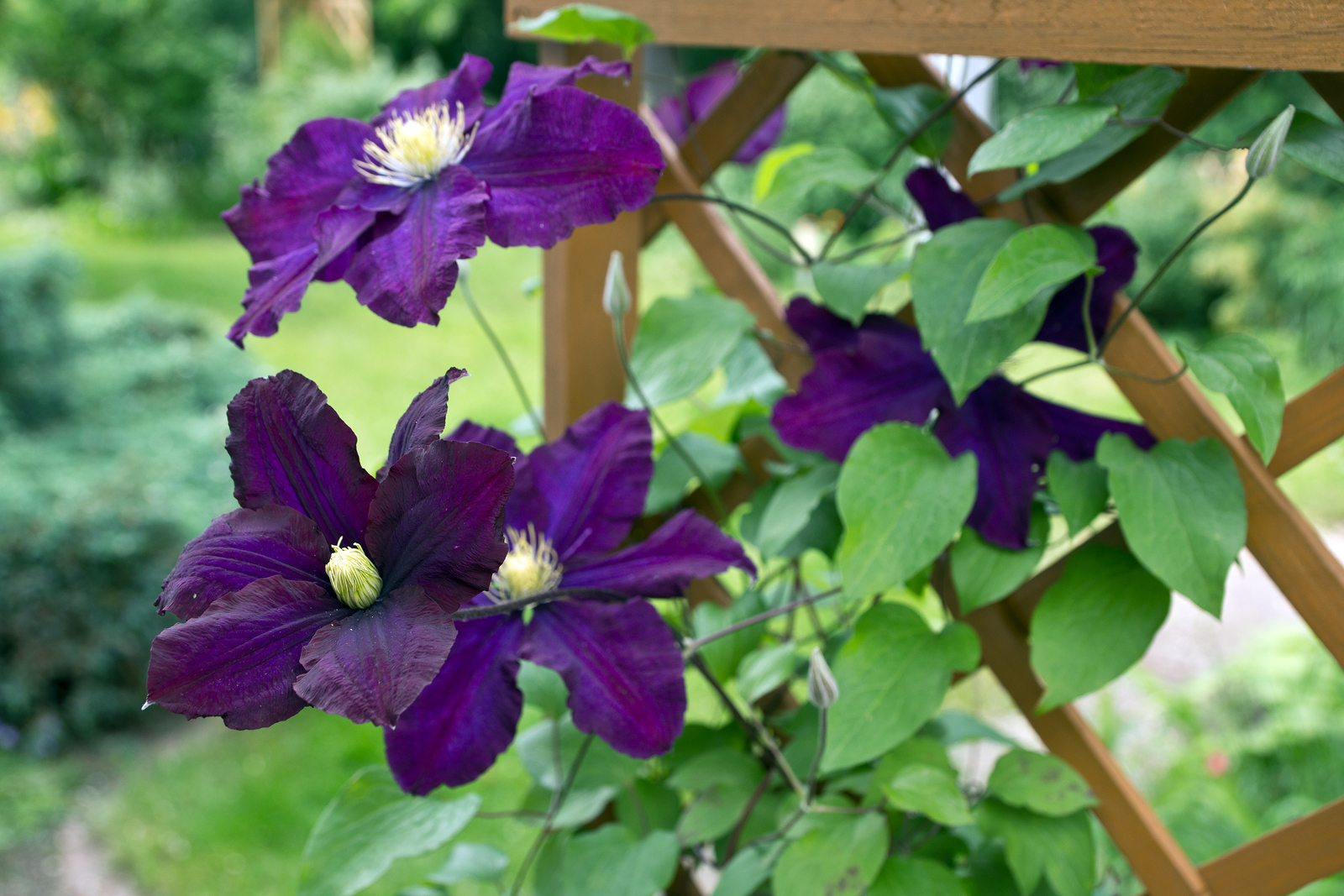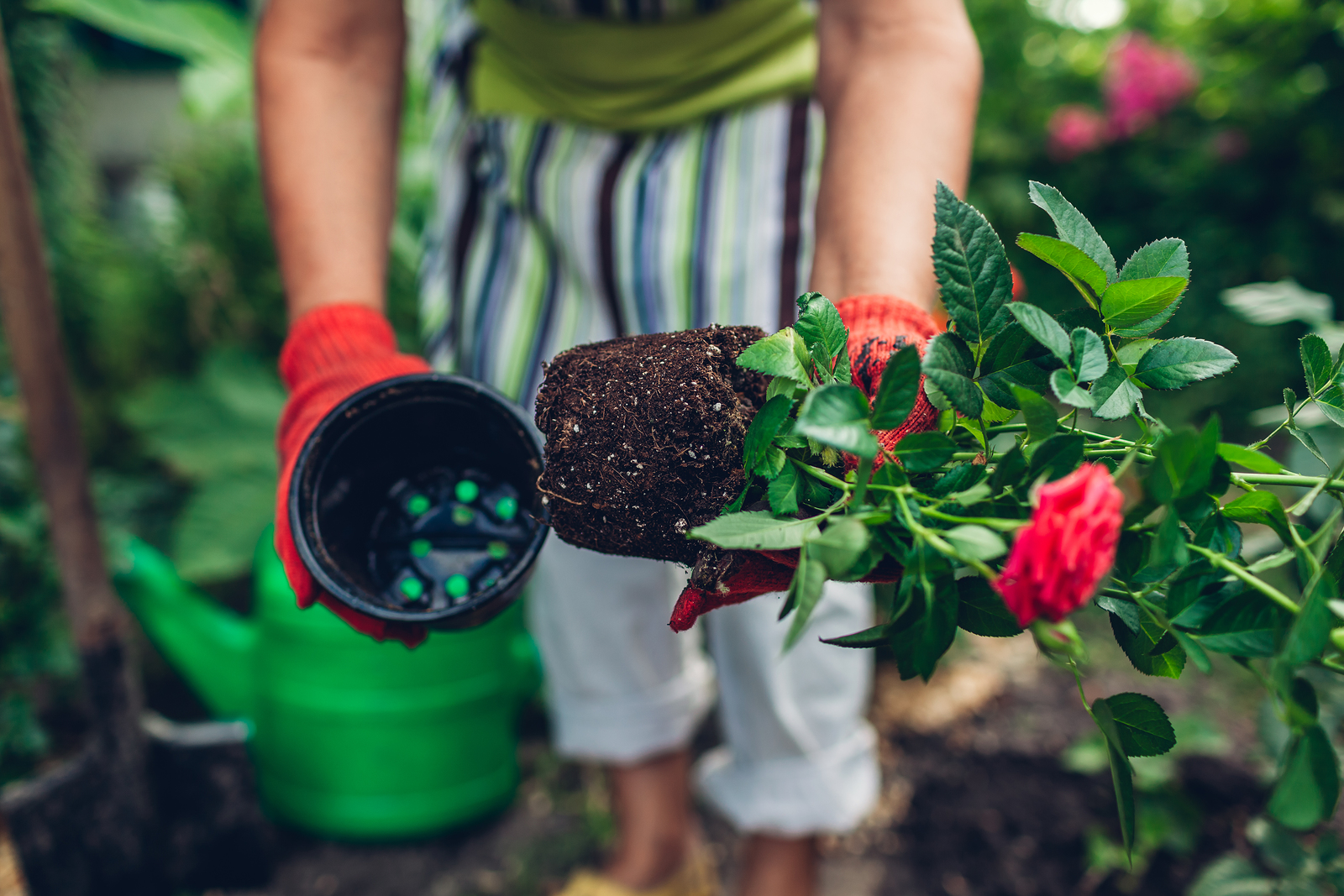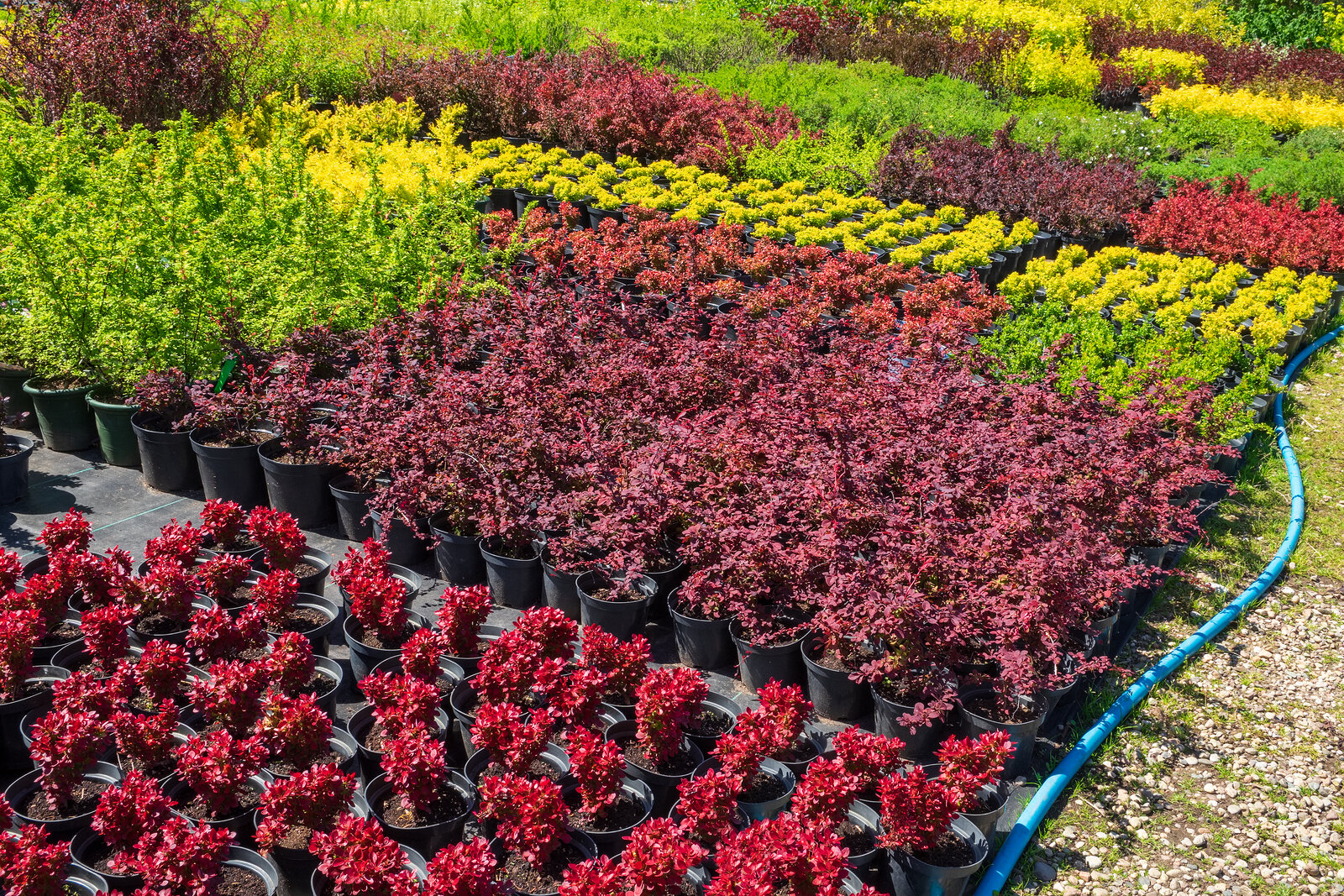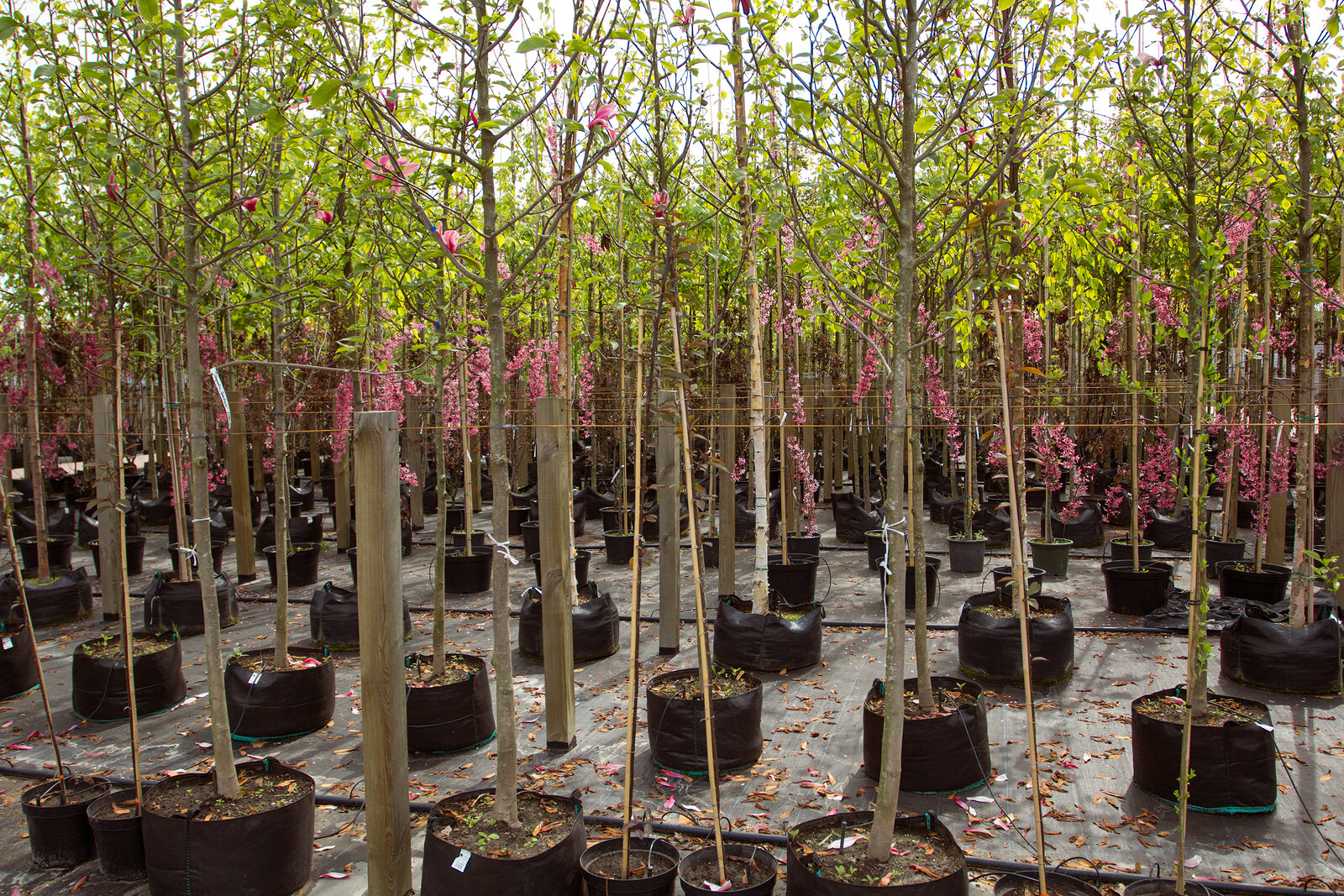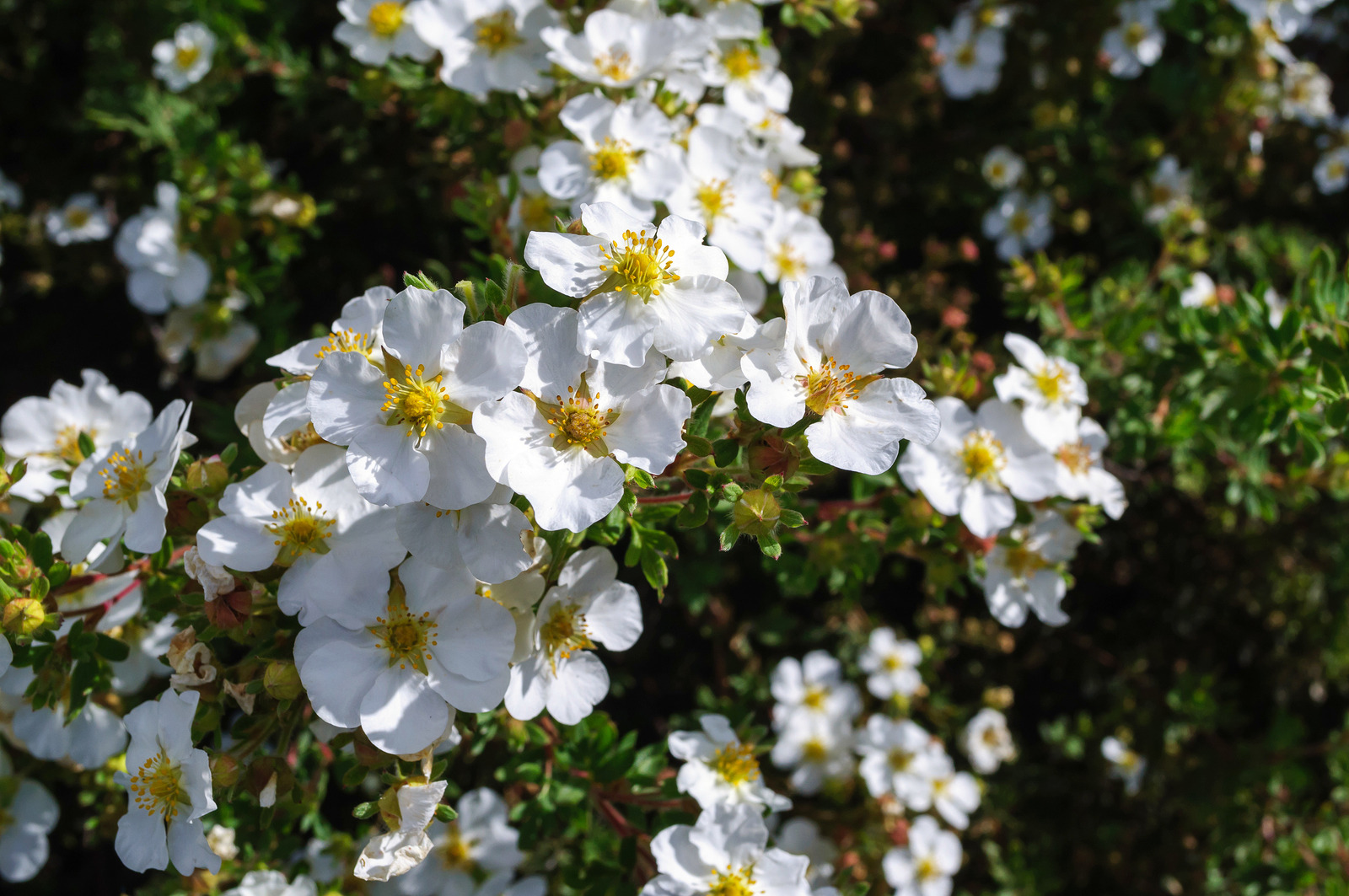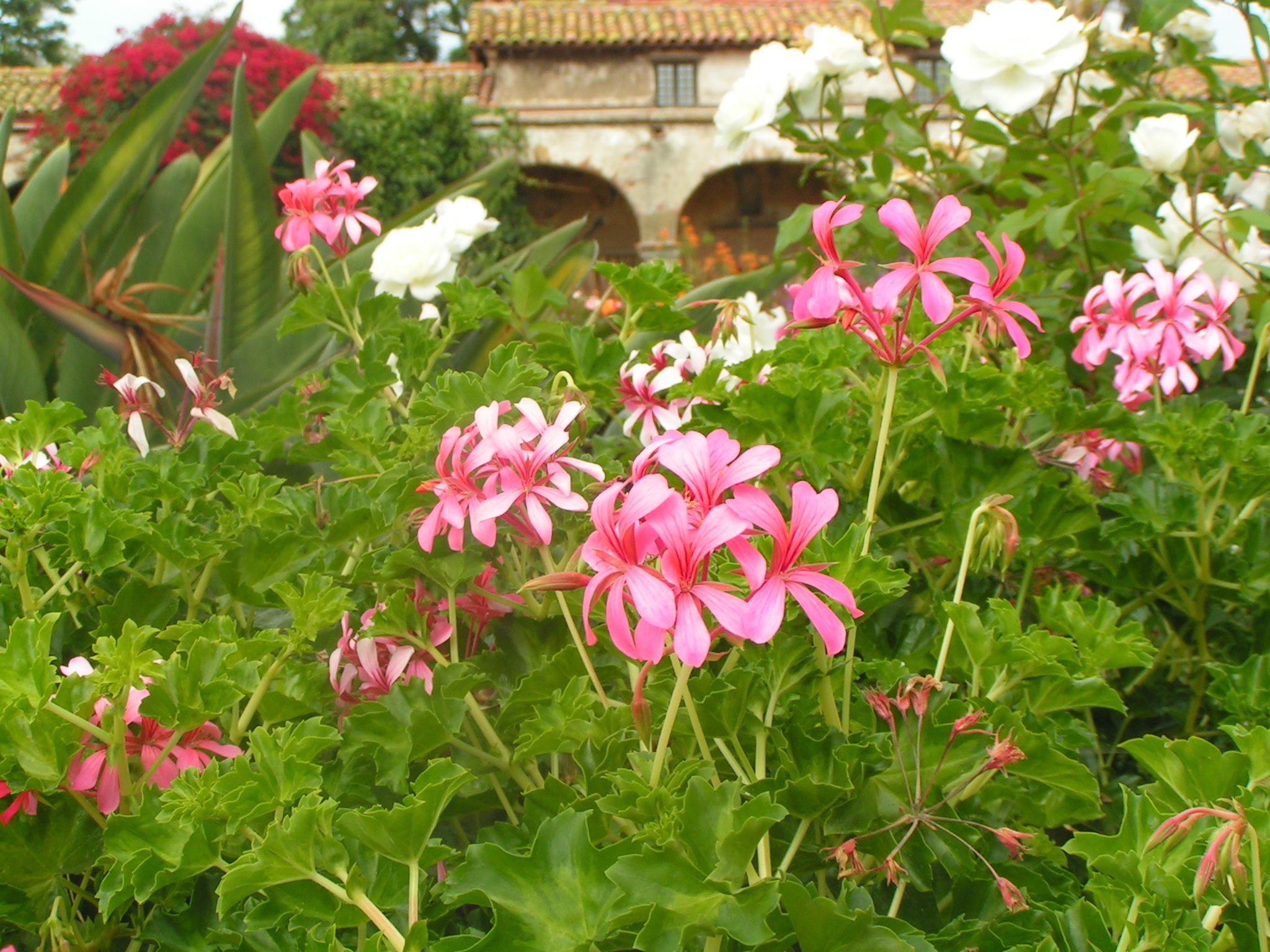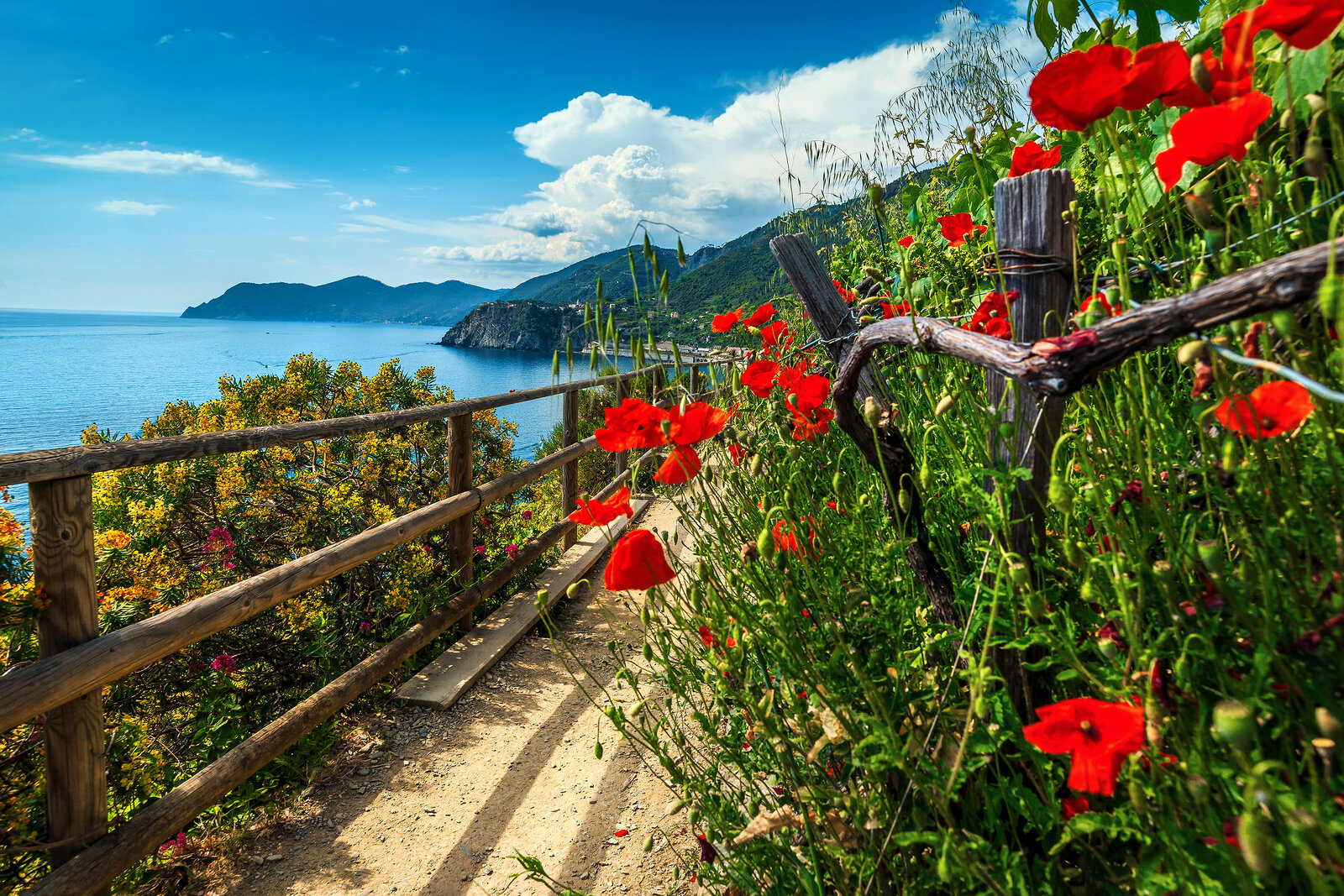Planting
Latest stories
More stories
-
How To Plant And Grow Vines
Vines include a large and varied group of plants. Vines include all kinds of climbing plants and also certain shrubs with long flexible shoots that may be trained to serve as vines. Outdoors vines are used to clothe porches, trellises, arbors, pergolas, and posts, to clamber up old tree trunks or cover the bare ground […] More
-
How to Plant Perennials
Perennial plants offer an immense variety of shape, form, color, texture, and scent. There are perennials suitable for nearly every garden. Perennials are herbaceous plants–meaning they are not woody. A perennial commonly lives for 3 to 5 years, some much longer. Whereas trees and shrubs give structure to garden design, perennials contribute a great deal […] More
-
How to Plant Roses
Roses are not difficult to grow. To grow roses in your garden all you need to do is meet their basic needs: choose a suitable site, prepare the soil, and select the right roses for the location. Roses are long-lived—most roses will be in the garden for 20 years or more. In exchange for the […] More
-
How to Plant a Shrub
Shrubs add shape and structure to a garden. Most are also decorative—colorful or evergreen foliage, colorful and often fragrant flowers, fruits, and shapely stems. Shrubs stay a long time in the garden so it’s important to choose shrubs that have the form and size needed when mature. Know the eventual height and spread of a […] More
-
How to Plant a Tree
Planting a tree is not difficult. More difficult is the time it takes to decide where to plant a tree and which tree to plant. Trees more than any other plants lend a sense of permanence to a garden or landscape. A tree will be where you plant it for decades and some for centuries. […] More
-
Garden Planting Design Basics
Plants are the focus of most gardens. Combining plants effectively is the key to a good design. The basic elements of a planting design include bloom color, foliage color, bloom and foliage texture and shape, plant height and width, and the seasonality. Underlying these elements are the soil, water, and temperature requirements of plants selected […] More
-
Mountain Gardening
Gardening in mountain regions and at high elevations can be a challenge. Sunlight at high altitudes is more intense than at lower elevations. Snow is a possibility in nearly every season in mountain regions. Mountain garden must often endure wide fluctuations in temperature from day to day and certainly between day and night. Plants in […] More
-
Pacific Northwest Gardening
The Pacific Northwest is known for its rainy winters and dry, moderate summers. The climate is well-suited for gardening. A wide range of plants grows well in the Pacific Northwest including rock garden, mountain, and alpine plants. Many plants native to China and Japan grow well in the Northwest. Here are suggestions for getting the […] More
-
Florida and Gulf Coast Gardening
Florida and a good part of the Gulf Coast enjoy almost year-round gardening weather. Winters are mild and summers are hot and humid in Florida and much of the Gulf Coast. Monthly and seasonal advice for gardeners in most of the country often does not apply to gardeners in Florida and along the Gulf Coast. […] More
-
California Gardening
Gardening in California calls for finesse. California has four of the five major climate zones found in the world—Mediterranean, semi-arid, desert, and alpine. The fifth major climate zone is tropical—and parts of Southern California come close being semi-tropical. Parts of California are desert hot and dry while other parts are forested cool and wet. The […] More
-
Coastal Gardening
Gardening near the ocean or a very large lake can be a challenge. Large bodies of water create weather and microclimate conditions that can test plants and gardeners. To garden near the coast you will need to know what plants thrive near water, if they are salt-tolerant, what temperature highs and lows they can withstand, […] More
-
Arid and Desert Gardening
Gardening in arid regions can be a challenge. Arid regions—including the American Southwest and parts of the West– get as little as 4 inches of rain or less in the course of a year. In some arid regions, rain may come in summer; in other arid regions, rain may come in winter. Where rainfall is […] More

